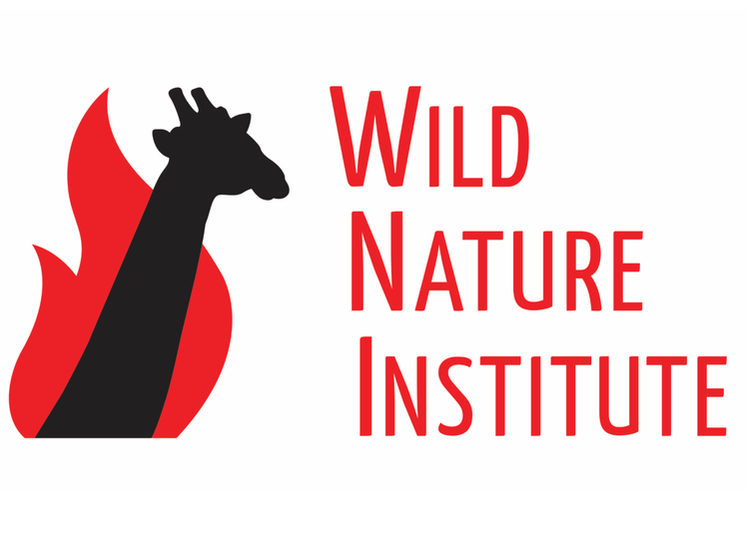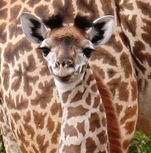 One of the greatest pleasures of our field work is being in close contact with baby giraffes. We often have to drag ourselves away from watching their playful antics and adorable demeanor or we’d never finish our surveys! As is unsurprising for the world’s tallest animal, a newborn giraffe stands at 2 meters, which is taller than the average man. Moreover, a calf can grow more than two centimeters a day, and at least 1 meter in the first six months – and may nearly double its height in the first year! For the first few weeks of life, its daily routine consists of doing as little as possible to conserve energy so it can quickly outgrow predators. Hmmm, Derek also likes to do very little but he doesn’t have that predation excuse… After a 15-month pregnancy, a mother giraffe gives birth whilst standing up. That is a pretty long fall for a newborn! Baby giraffes can stand and nurse just 10 minutes after birth and can walk and run soon afterwards. At first its walk is awkward and unsteady, but in as little as 30 minutes it might break into a well-coordinated gallop. During the first week to month, the calf is kept in isolation, either with the mother or hidden in the bushes. The mother-calf bond is strengthened during this time as they frequently sniff, touch, rub, and even lick each other. The newborn is curious, imitative, trusting, and quick to learn. While some people have reported weak relations between cows and their calves, giraffe mothers are actually watchful and attentive, defending their calves from predators with determination, and frequently in close contact with their babies. The large size, excellent vision, cautious and alert behavior, high vantage point for visual scanning, and formidable hooves makes an adult giraffe nearly immune to predation. This is not so of the calves. They are quite vulnerable, especially to lions and spotted hyenas. Their best defense is to remain hidden – when alarmed they stand motionless, facing the danger and presenting a slim profile that could easily be mistaken for a tree stump. They are also fast – they can run easier than they walk and can build up surprising speed almost instantaneously, and over a short course are even faster than adults. Their final defense is to grow as quickly as possible and so outsize most potential predators. After a few weeks calves begin eating leaves in addition to nursing milk. They can look after themselves within a few months. In time, the mother no longer repels the advances of other giraffes and deliberately leads the calf to the company of other calves. Association with other giraffes allows individual mothers more time to feed and to leave their calves temporarily to find water, as there are more eyes to watch for predators. In a nursery group, known as a “crèche,” the calves spend time cavorting, gamboling, and frolicking together. 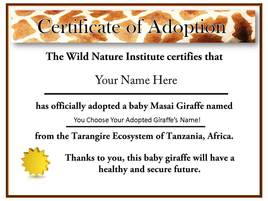 It truly fills one with hope and inspiration to watch the next generation of giraffes play and grow. We invite you to share in the joy of baby giraffes and help us protect their savanna habitat by participating in our Adopt-a-Giraffe program. With your donation, you will receive an adoption certificate and a photo of a baby giraffe, and we will keep you updated on our research and conservation work. Please join us in ensuring a future for the giraffes of the Tarangire-Manyara Ecosystem.
0 Comments
Your comment will be posted after it is approved.
Leave a Reply. |
Science News and Updates From the Field from Wild Nature Institute.
All Photos on This Blog are Available as Frame-worthy Prints to Thank Our Generous Donors.
Email Us for Details of this Offer. Archives
July 2024
|
|
Mailing Address:
Wild Nature Institute PO Box 44 Weaverville, NC 28787 Phone: +1 415 763 0348 Email: [email protected] |
|

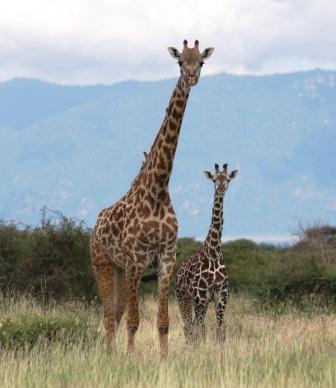
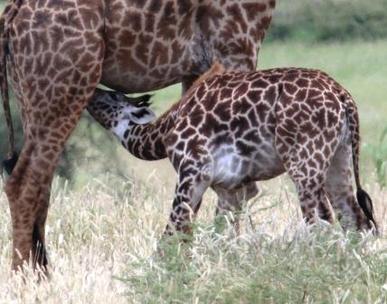
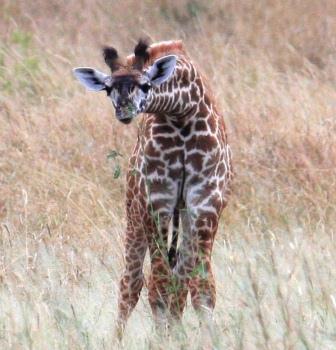
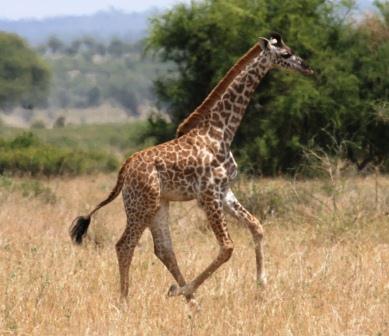
 RSS Feed
RSS Feed
